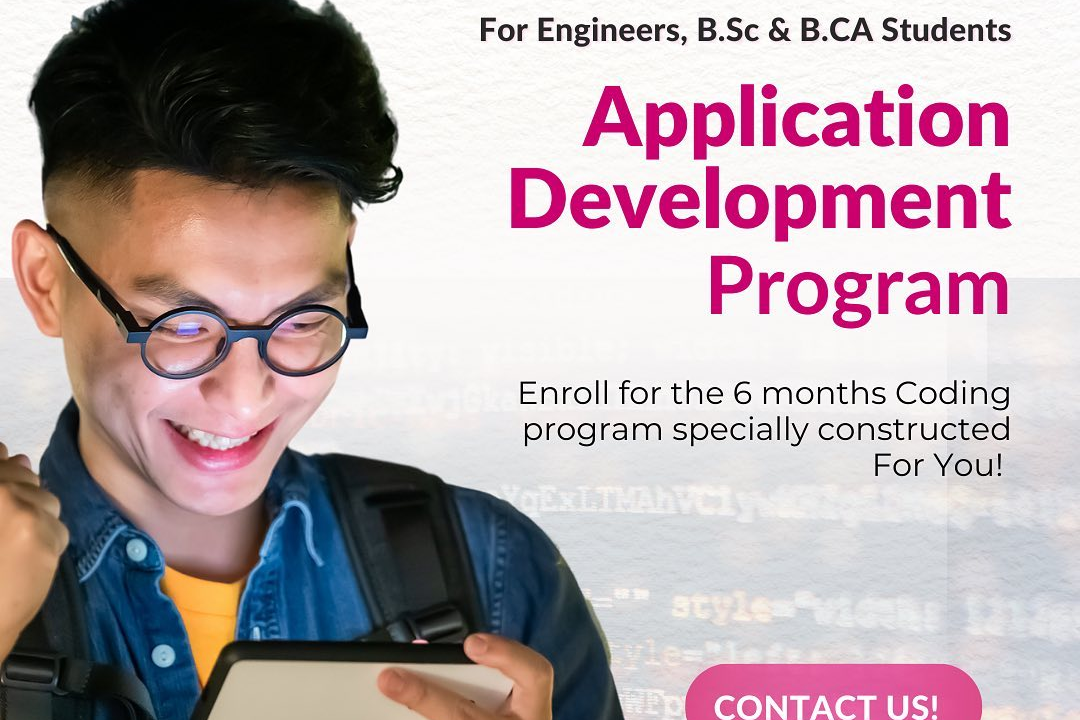Ios swift code examples
Swift Code Examples for iOS Development
Ios swift code examples
iOS Swift code examples typically showcase various aspects of app development using the Swift programming language, which is designed for building iOS applications. For instance, a simple “Hello World” app might involve creating a single view controller that sets a label's text to “Hello, World!” using UIKit. More complex examples feature user interfaces built with SwiftUI, demonstrating declarative syntax for creating views and managing state. Code snippets might illustrate handling user input, such as a button action to display an alert, or using Combine for reactive programming. Additionally, examples often include API calls showcasing URLSession for network requests or Core Data for local persistent storage, helping developers understand the integration of different iOS components efficiently. Overall, these examples serve as practical guides for understanding the syntax, structure, and best practices in iOS development with Swift.
To Download Our Brochure: https://www.justacademy.co/download-brochure-for-free
Message us for more information: +91 9987184296
1 - Introduction to Swift: Start with an overview of Swift, a powerful programming language developed by Apple for iOS development, emphasizing its type safety, performance, and modern syntax.
2) Xcode IDE: Introduce Xcode as the official integrated development environment for iOS development, where students will write, test, and debug Swift code.
3) Basic Syntax: Explain the basic syntax of Swift, including variables, constants, data types (Int, String, Bool), and how to declare them.
4) Control Flow: Provide examples of control flow statements in Swift, such as `if`, `for`, `while`, and `switch`, to help students understand how to control the program's execution.
5) Functions: Illustrate how to define and call functions in Swift, including parameter labels and return types, emphasizing code reusability and organization.
6) Optionals: Explain optionals in Swift and how they help manage the absence of a value. Show examples of optional binding and safely unwrapping optionals.
7) Arrays and Dictionaries: Demonstrate how to create and manipulate arrays and dictionaries in Swift, highlighting their role in storing collections of data.
8) Classes and Structures: Provide an overview of object oriented programming concepts in Swift by comparing classes and structures, and show how to define properties and methods.
9) Protocols and Extensions: Explain the significance of protocols in Swift for defining methods and properties, and how extensions allow for adding functionality to existing types.
10) Error Handling: Introduce error handling in Swift, explaining how to use `try`, `catch`, and `throw` to manage runtime errors gracefully.
11) Closures: Review closures as self contained blocks of functionality, showcasing how to use them as callback functions and for asynchronous operations.
12) UI Development with UIKit: Start with basic UI components from UIKit (e.g., UILabel, UIButton) and how to create a simple user interface programmatically.
13) SwiftUI Overview: Introduce SwiftUI as a declarative framework for building user interfaces across Apple platforms, demonstrating how to create a simple view using SwiftUI.
14) Data Persistence: Explain how to persist data in iOS apps using UserDefaults for simple data and Core Data for complex object graphs.
15) Networking: Introduce networking fundamentals in Swift, including URL requests and handling JSON data from APIs, showing how to fetch and parse data.
16) Testing and Debugging: Discuss the importance of testing and debugging in iOS development. Show how to use breakpoints in Xcode and write unit tests in Swift.
17) Version Control with Git: Briefly explain the concept of version control, and introduce Git for collaboration and version management in projects.
18) App Lifecycle: Describe the app lifecycle in iOS and how to manage different states of an application, along with the importance of managing memory and resources.
This structured approach provides students with a comprehensive understanding of Swift and iOS development, combining theoretical concepts with practical code examples.
Browse our course links : https://www.justacademy.co/all-courses
To Join our FREE DEMO Session: Click Here
Contact Us for more info:
Java and continuous testing
Flutter Cloud Deployment
Flutter Application Design Workshops
Advanced Java Course Mumbai
Disconnected Architecture in ASP NET











